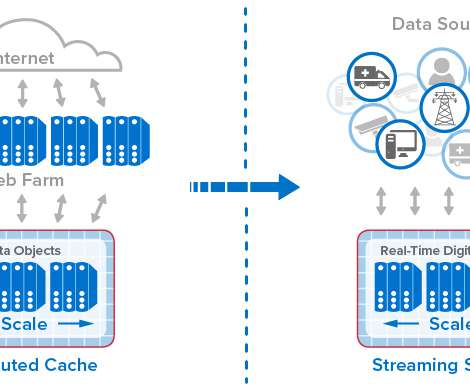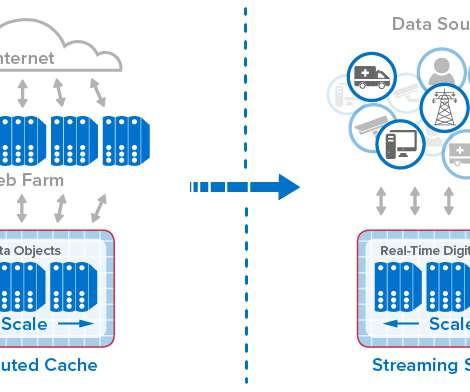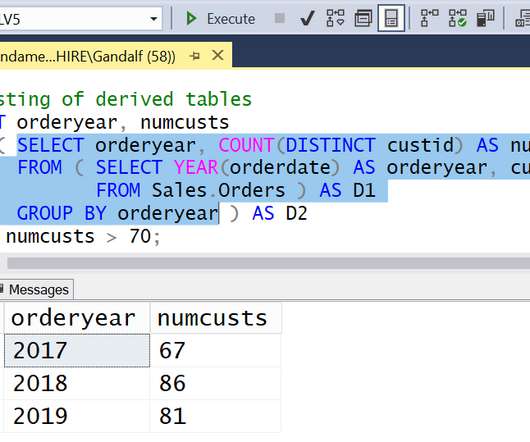Does SQL Server 2016 Require Trace Flag -T8048?
SQL Server According to Bob
JUNE 22, 2016
Prior to SQL Server 2016 the trace flag –T8048 is used to upgrade (only) NUMA partitioned, CMemThread objects to CPU partitioned based objects. Keep in mind that the vast majority of CMemThread objects (SQL 2005, 2008, 2008 R2, 2012, 2014, Azure DB and 2016) are not partitioned. Instead the design of CMemThread was updated.












Let's personalize your content